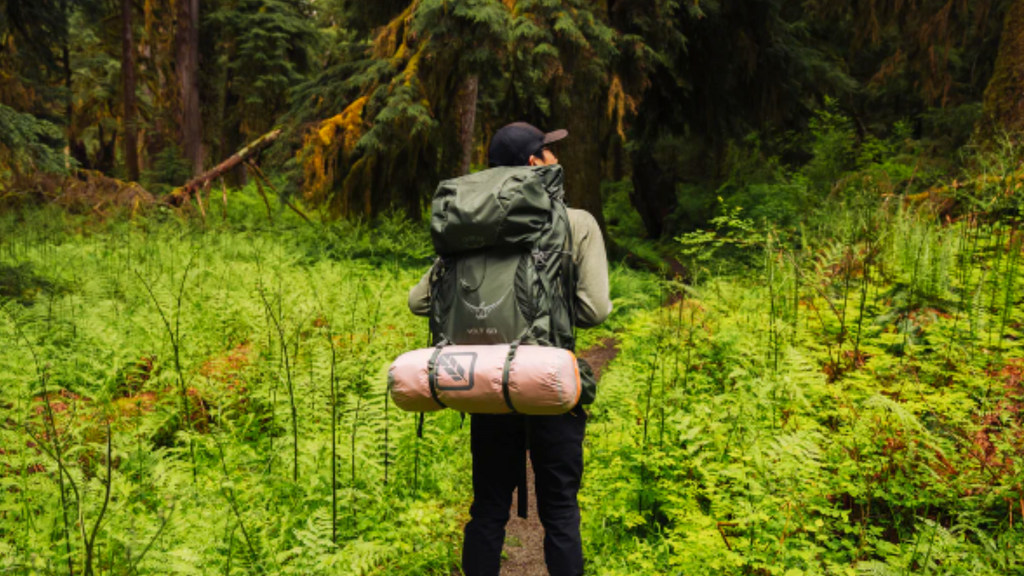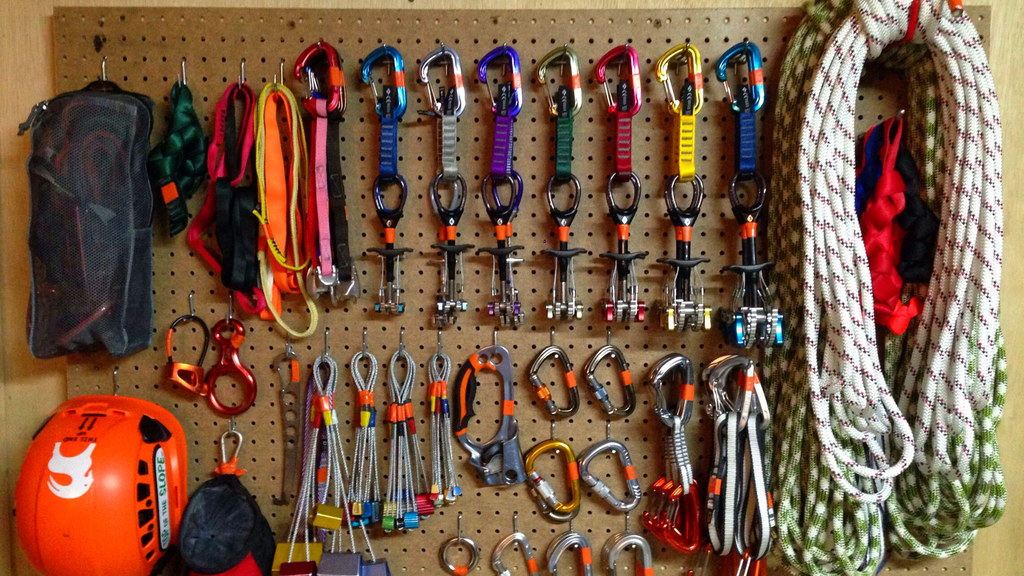
Your partner plans for the family to go for a long hiking trip tomorrow for the long weekend, and all you need to do is prepare your gear and pack for a fun adventure. Suddenly, it's 1 am, and you are still organizing your hiking tools and pieces of equipment, searching for trekking boots, and digging out your sleeping bag. It's a big mess, and pretty sure your wife will be angry about it.
Properly managing your outdoor equipment is part of a backpacker's life, whether you have a small room or a garage full of space to place your sleeping bags, tents, and pads.
To have more free time with friends and family and less hassle to get your gear, master the way of a Gear Storage Master..
Here are some ways to make storage and packing more favorable to your advantage.
Use a pegboard

(Photo: Dan Lexie via Pinterest)
Pegboards are the best storage ways that maximize vertical space. Sometimes hanging tools take more than a hammer and nail or a few screws to have a secure pegboard for your devices. Try making a frame on the back of the peg board with two-by-two-inch wood strips so that the peg board sits, creating support off the wall. The pegboard gives you more freedom to pass clips/pegs between the board and hang your sleeping bags, small tents, and gear securely with ease.
Store your massive pieces of equipment properly
For large room owners, it is tempting to just put anything in your room without thinking about managing your space optimally. If you place heavy large equipment and gear in areas that block access to the important stuff, it will take you more time to think about fixing this problem than making an organized room. There are a lot of topics and information about optimizing your space for large equipment such as kayaks, paddles, and substantial outdoor gear on the internet. Also, learn with experienced mentors and experts on planning how to sort out your bags and equipment flawlessly.
Tall laundry basket
Place a tall laundry basket (or something similar storage item) in the corner to store long items like fishing poles, oars, trekking poles, etc.
Always use Multi-shelf racks

(Photo: Nathaniel Brown via Mountaineers)
Multi-shelf racks store more than enough gear and equipment in one location. Put the least important stuff at the top of the shelf (like unused bags, old wires, etc.) and place the essential gear(like ropes, helmets, etc.) at the bottom shelves.
Keep what is relevant and most important
Dealing with small spaces places priority and discipline to put only necessary gear and stuff for use.
Maximize your space
If there are packs that you rarely use for certain activities, place the gear inside those packs that you rarely take out.
Organize your packs efficiently

(Photo: Jin via Pinterest)
Some sleeping pads, bags, and backpacks can hang up from hangers and walls inside a closet. Organize them by size and length or organize them depending on the length of time you will use them. The purpose of this will keep you agile in crucial situations.
Install add-ons if necessary
If you are running out of closet space, try installing curtain rods or steel pipes to hang on some camping gear and clothing.
Bonus: It is also good to express your design. Try personalizing your storage space in some way that gives you memories, inspiration, and motivation from the camping and hiking adventures you had!



